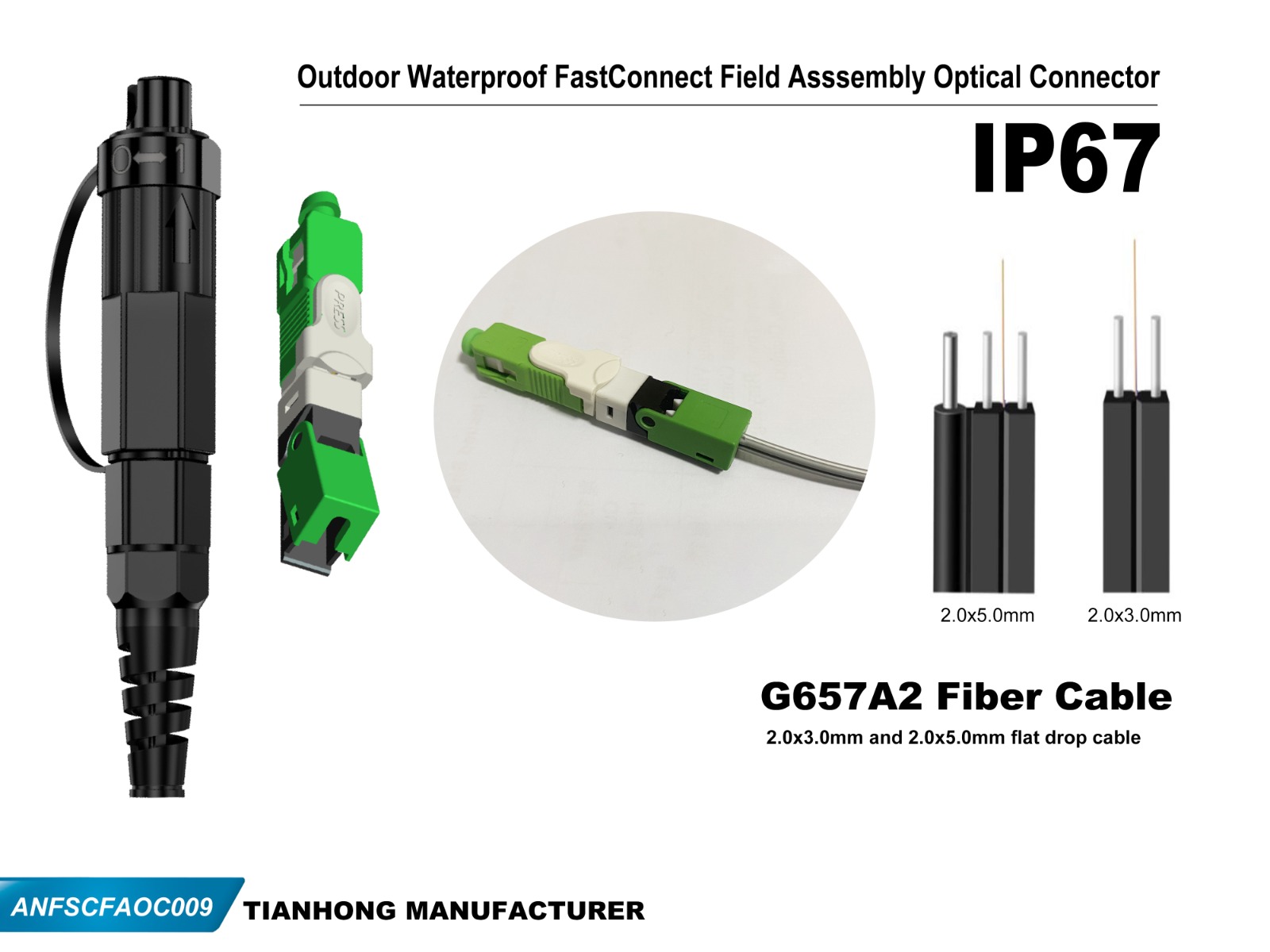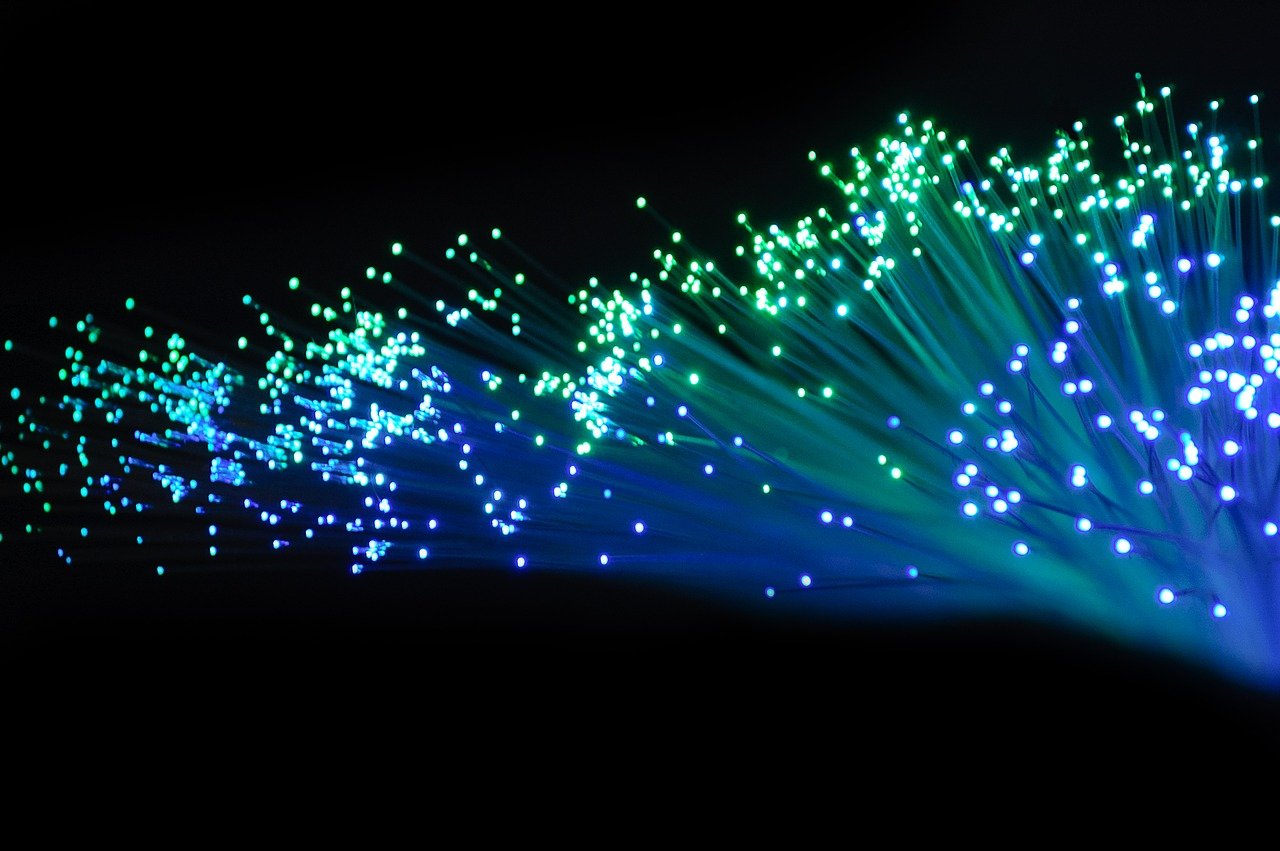Understanding the Features of a Compatible FASTCONNECT Reinforced Field Connector

Exploring FASTCONNECT Connectors
The Compatible FASTCONNECT reinforced field connector is an essential component in the telecommunications industry, serving as a reliable solution for various connectivity needs. Whether it's for fiber optic networks, data centers, or other telecommunications applications, the FASTCONNECT connector offers a robust and dependable connection. With its compatibility and reinforced design, this field connector ensures seamless integration into existing infrastructure while providing the durability needed to withstand demanding environmental conditions.
Advantages of FASTCONNECT Connectors
FASTCONNECT connectors offer a multitude of advantages that make them an ideal choice for telecommunications infrastructure. These advantages contribute to the overall reliability, efficiency, and cost-effectiveness of connectivity solutions in various applications.
Reliability and Durability
FASTCONNECT connectors are designed to provide exceptional reliability, ensuring secure connections in telecommunications infrastructure. The robust construction and precision engineering of these connectors make them highly resistant to environmental factors, such as temperature fluctuations and moisture, thereby maintaining consistent performance over time. Their durability ensures long-term functionality, reducing the need for frequent maintenance or replacements.
Efficient Installation Process
One of the key advantages of FASTCONNECT connectors is their efficient installation process. The design of these connectors facilitates quick and hassle-free installations, contributing to significant time and cost savings in telecommunications projects. The streamlined installation process not only enhances productivity but also minimizes disruptions to existing network operations during deployment or upgrades.
By incorporating FASTCONNECT connectors into telecommunications networks, organizations can benefit from reliable connections that withstand environmental challenges while streamlining installation processes for improved operational efficiency.
Understanding Reinforced Field Connectors
Enhanced Strength and Endurance
Reinforced field connectors are engineered to deliver unparalleled strength and endurance, making them exceptionally well-suited for demanding environmental conditions. The reinforced design ensures that these connectors can withstand physical stress, temperature variations, and moisture exposure without compromising their performance. This enhanced durability minimizes the risk of signal interruptions or failures, providing a reliable and stable connection even in challenging outdoor or industrial settings.
Applications in Telecommunications
The versatility and reliability of reinforced field connectors make them indispensable in various telecommunications applications. Whether it's for outdoor installations, underground cabling, or industrial facilities, these connectors excel in maintaining signal integrity and ensuring consistent connectivity. Their robust construction enables them to thrive in harsh environments where standard connectors may falter, thus making them the go-to choice for telecommunications networks that require resilient and long-lasting connections.
Installation Process of Field Connectors
Step-by-Step Installation Guide
When it comes to the installation process of field connectors, a systematic approach is essential to ensure accurate and reliable connections. The step-by-step installation guide involves several key stages, starting with thorough preparation and culminating in the termination of the connector setup process.
Preparation: The first step in the installation process is meticulous preparation. This includes gathering all the necessary tools and equipment, inspecting the cable ends for any damage, and ensuring that the work area is clean and free from debris. Adequate preparation sets the stage for a smooth and successful installation.
Alignment: Once the preparation is complete, the next crucial step is alignment. This involves carefully aligning the fibers within the connector to ensure optimal signal transmission. Precision is paramount during this stage to avoid signal loss or degradation.
Termination: The final stage of the installation process is termination. During this phase, the fibers are securely terminated within the connector using specialized tools and techniques. Proper termination is vital for establishing a reliable connection that maintains signal integrity over time.
Tools and Equipment
Specific tools and equipment are indispensable for the proper installation of field connectors. These include fiber cleavers for precise fiber cutting, fusion splicers for joining optical fibers, polishing machines for refining connector end faces, as well as cleaning supplies for maintaining optimal fiber cleanliness. Additionally, inspection scopes are utilized to assess connector end faces for any imperfections that could impact performance.
The use of these specialized tools ensures that field connectors are installed with accuracy and precision, ultimately leading to dependable connections within telecommunications infrastructure.
Field Installable Connectors in Telecommunications
Versatility and Adaptability
Field installable connectors in telecommunications demonstrate remarkable versatility and adaptability, addressing the diverse needs of modern networks. These connectors are designed to accommodate various types of cables and fibers, providing a seamless solution for different connectivity requirements. Their versatility allows for flexibility in network design and deployment, enabling telecommunications providers to customize solutions based on specific infrastructure demands.
Moreover, field installable connectors offer compatibility with a wide range of equipment and devices, making them suitable for integration into existing network setups. This adaptability ensures that these connectors can be utilized across different generations of telecommunications technology, thereby future-proofing network installations.
In addition to their physical adaptability, these connectors also support multiple termination techniques, accommodating different installation scenarios. Whether it's fusion splicing or mechanical splicing, field installable connectors provide a versatile platform for terminating optical fibers in diverse environments.
Future-Proofing Telecommunications Infrastructure
The utilization of field installable connectors plays a pivotal role in future-proofing telecommunications infrastructure. By seamlessly integrating into existing networks and supporting various termination methods, these connectors facilitate upgrades and expansions without requiring extensive reconfigurations or replacements. This scalability ensures that telecommunications infrastructure can evolve alongside technological advancements without significant disruptions or overhauls.
Furthermore, the adaptability of field installable connectors enables telecommunications providers to swiftly respond to changing demands within the industry. Whether it's the introduction of new services or the expansion of network coverage, these connectors provide the agility needed to meet evolving requirements while maintaining high-performance standards.
Ultimately, the versatility and future-proofing capabilities of field installable connectors contribute to the resilience and longevity of telecommunications infrastructure.
Embracing Compatible FASTCONNECT Connectors
In today's telecommunications landscape, the demand for reliable and efficient connectivity solutions is ever-present. This is where Compatible FASTCONNECT reinforced field connectors shine, offering a seamless integration into existing infrastructure while delivering unparalleled reliability, durability, and efficiency. These compatible field connectors are designed to meet the rigorous demands of modern telecommunications networks, ensuring consistent performance in challenging environmental conditions. With their robust construction and enhanced endurance, FASTCONNECT reinforced connectors have become indispensable components in the industry, providing organizations with the confidence that their connectivity needs are met with the highest standards of quality and resilience.
See Also
Discovering the Advantages of Field Assembly Fiber Optic Connectors
Investigating the Advantages of Field Installable Connectors
Investigating the Features and Advantages of OptiTap Hardened Connectors
Unleashing the Potential of FastConnect: Features and Benefits


